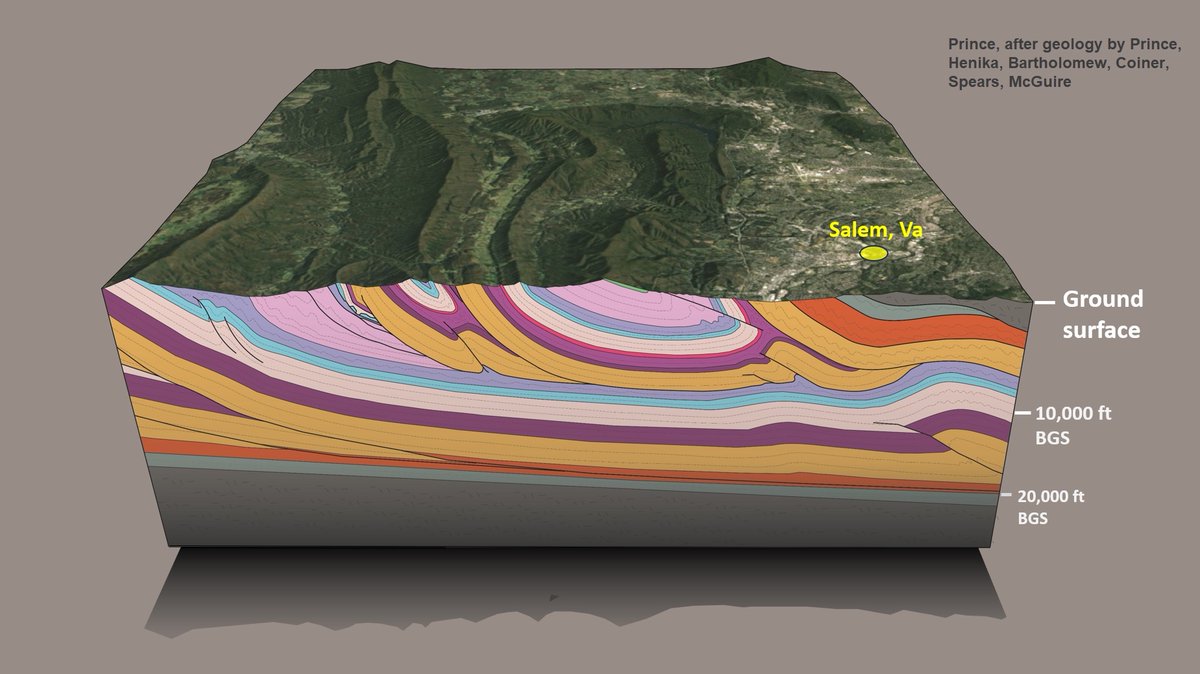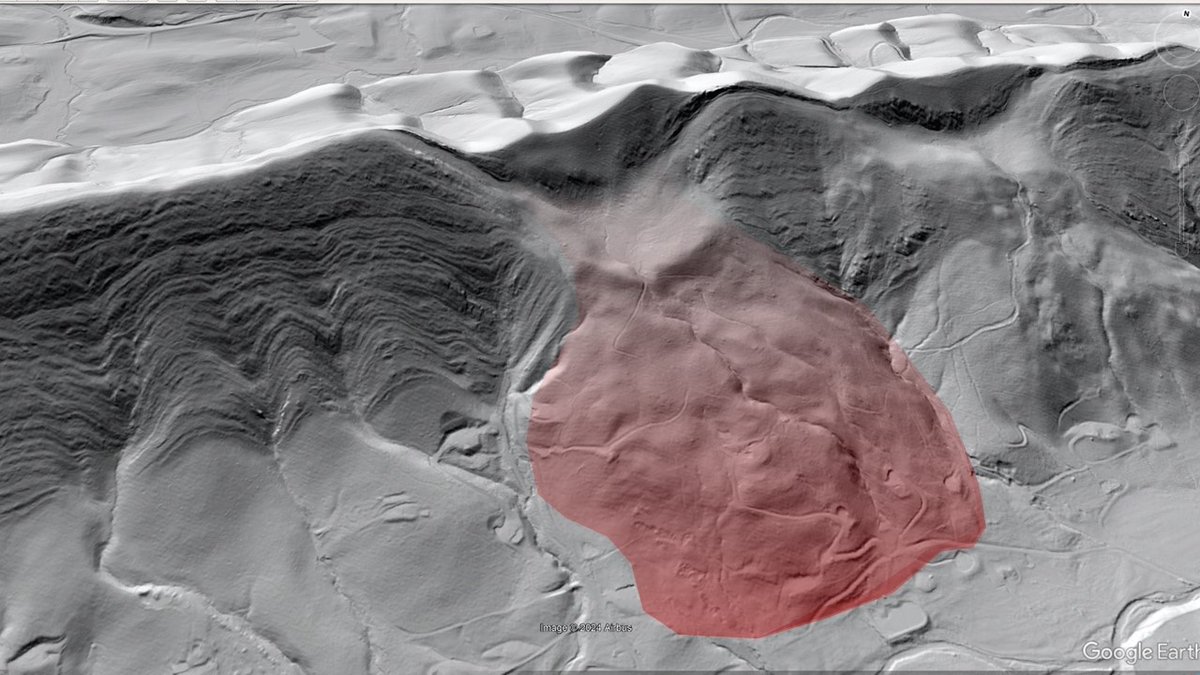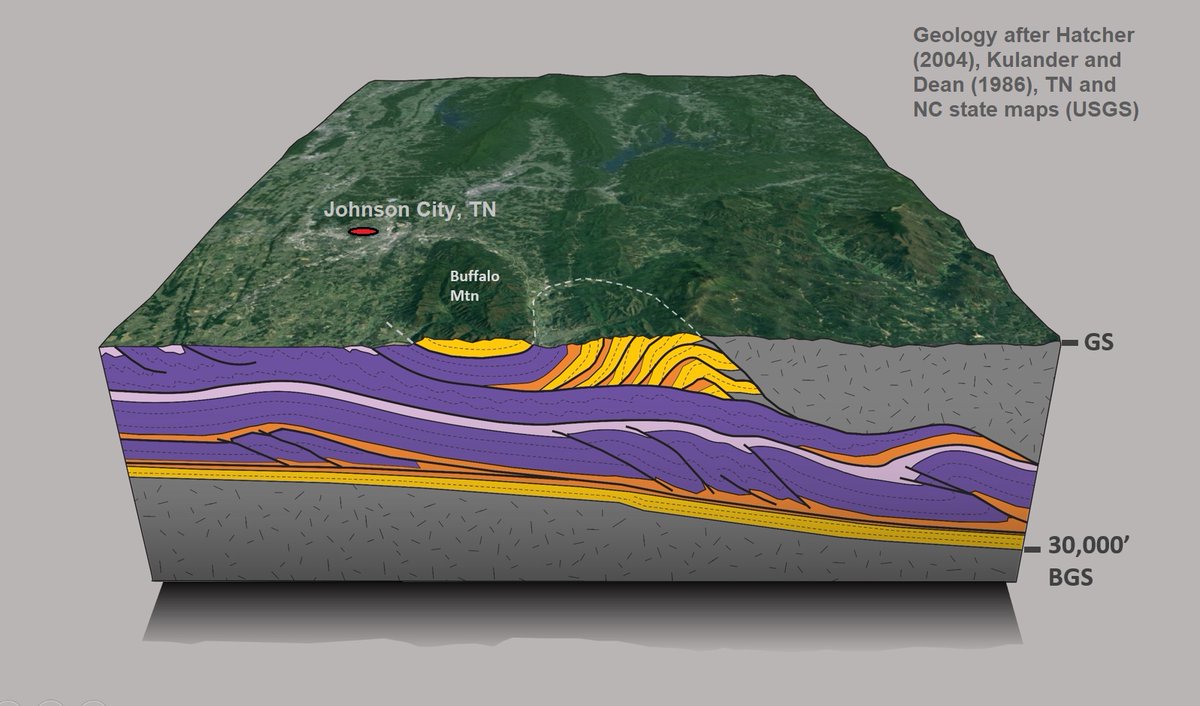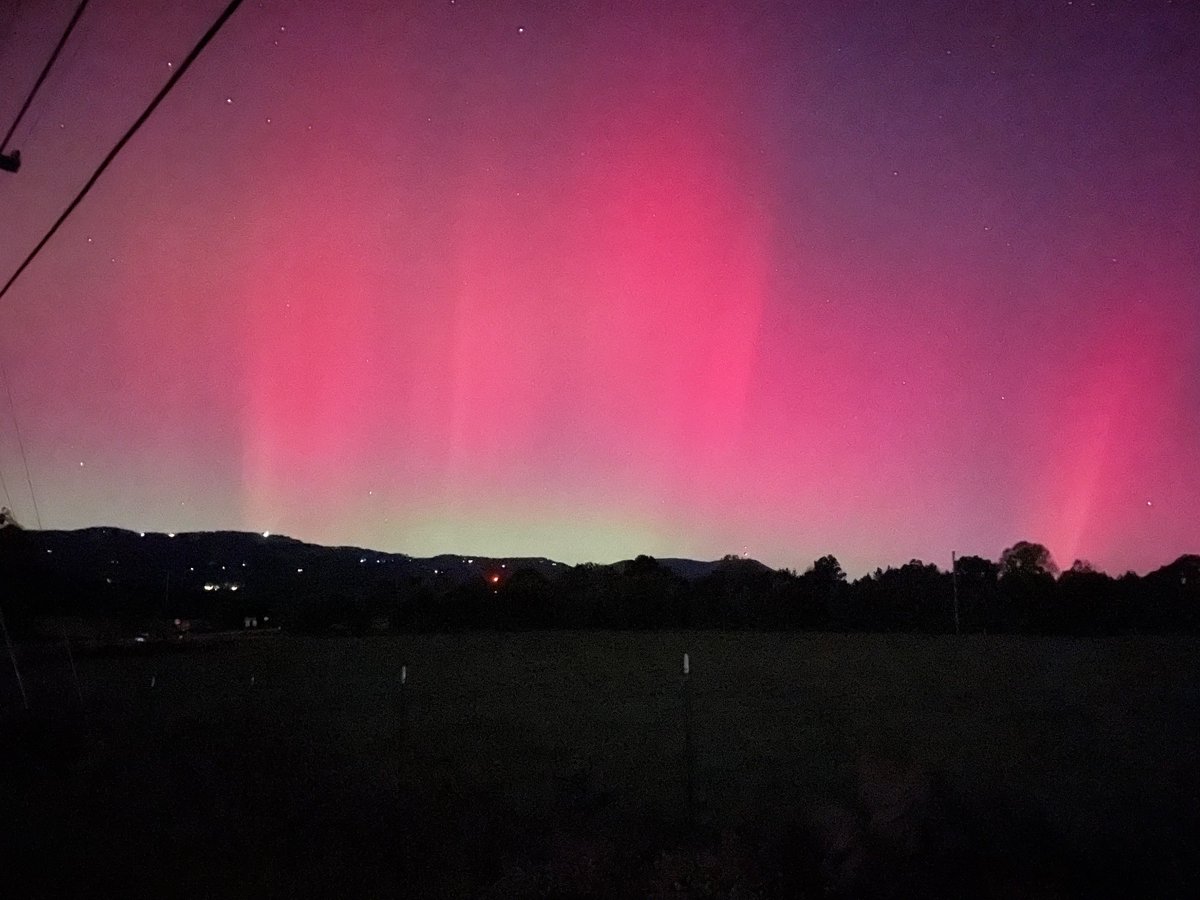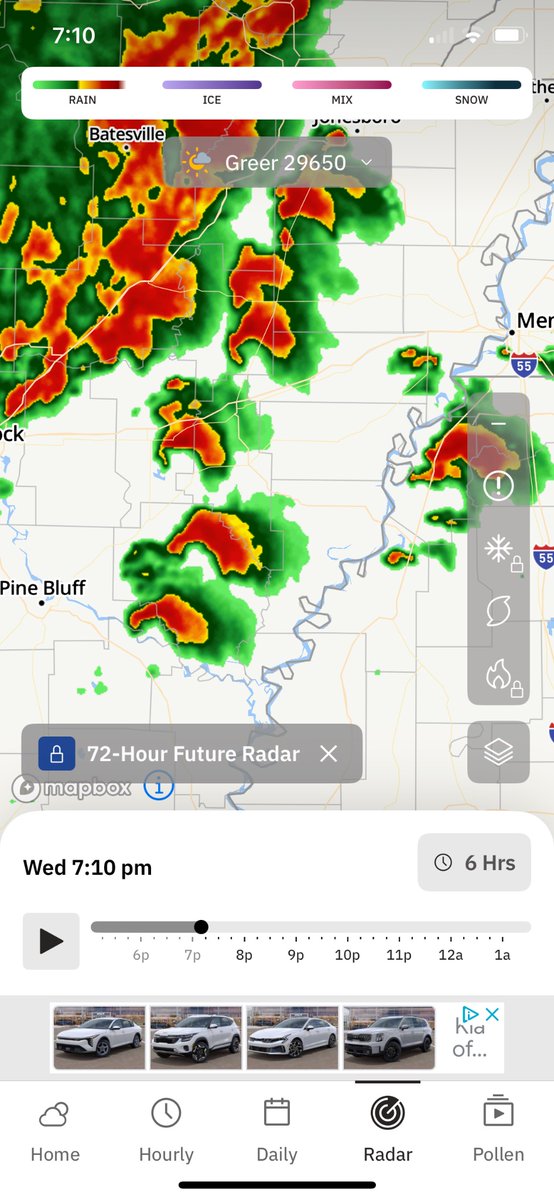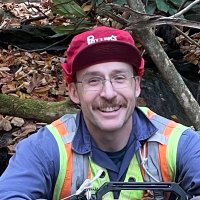
Philip Prince
@allphilsfault
Geology and outdoor sports lifestyle. Lidar GIFs, sandbox models, and real stuff from the field. BS Furman 2004, PhD Virginia Tech 2011.
YouTube: @TheGeoModels
ID: 1306649349800198146
https://princegeology.com/ 17-09-2020 17:41:13
538 Tweet
1,1K Takipçi
20 Takip Edilen
















